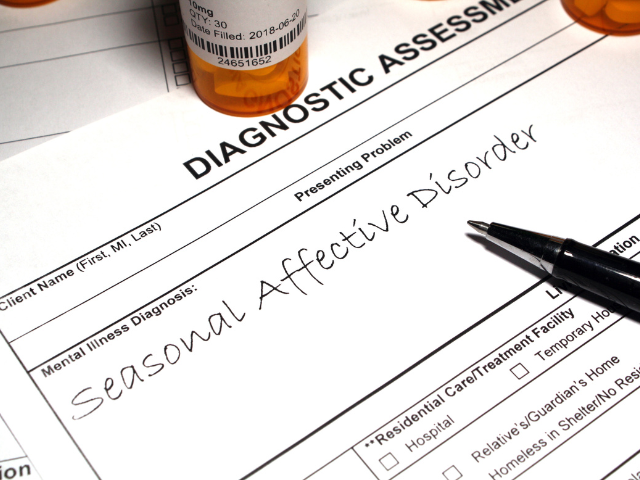Why is SAD Sometimes Missed in Older Adults?
Instances of depression among older adults are often misattributed to other issues, such as cognitive decline or normal effects of aging. A strong knowledge of the elderly patient’s medical history and close monitoring of any changes are important in identifying SAD. Being familiar with how they act at other times of the year will also be helpful when determining if a patient has SAD or not.
What Causes SAD?
Though a definitive cause is still unknown, researchers have focused on winter-pattern SAD because it’s more prevalent, according to NIMH.
Studies indicate that people with SAD have lower levels of serotonin, the chemical that regulates mood.
“Research also suggests that sunlight affects levels of molecules that help maintain normal serotonin levels,” the NIMH website stated. “Shorter daylight hours may prevent these molecules from functioning properly, contributing to decreased serotonin levels in the winter. Vitamin D deficiency may exacerbate these problems in people with Seasonal Affective Disorder because vitamin D is believed to promote serotonin activity. In addition to vitamin D consumed in food, the body produces vitamin D when exposed to sunlight on the skin.”
Other studies suggest that SAD relates to altering levels of melatonin, which is a hormone important for maintaining the normal sleep-wake cycle. People who have SAD, according to a Vicksburg News report, “produce too much melatonin which can increase sleepiness and lead to oversleeping.”
What are Some Statistics Related to SAD?
Millions of Americans experience Seasonal Affective Disorder, according to NIMH, although many may not know they have the common disorder. In most cases, people start to experience SAD as a young adult, and it occurs more often in women than men. Seasonal Affective Disorder is also more common among residents in northern regions with fewer daylight hours in winter months.
Seasonal Affective Disorder is also more likely in those who have depression, a bipolar diagnosis or other mental health diagnoses. Seasonal Affective Disorders can sometimes be genetic and “more common in people who have relatives with other mental illnesses,” according to the NIMH.









